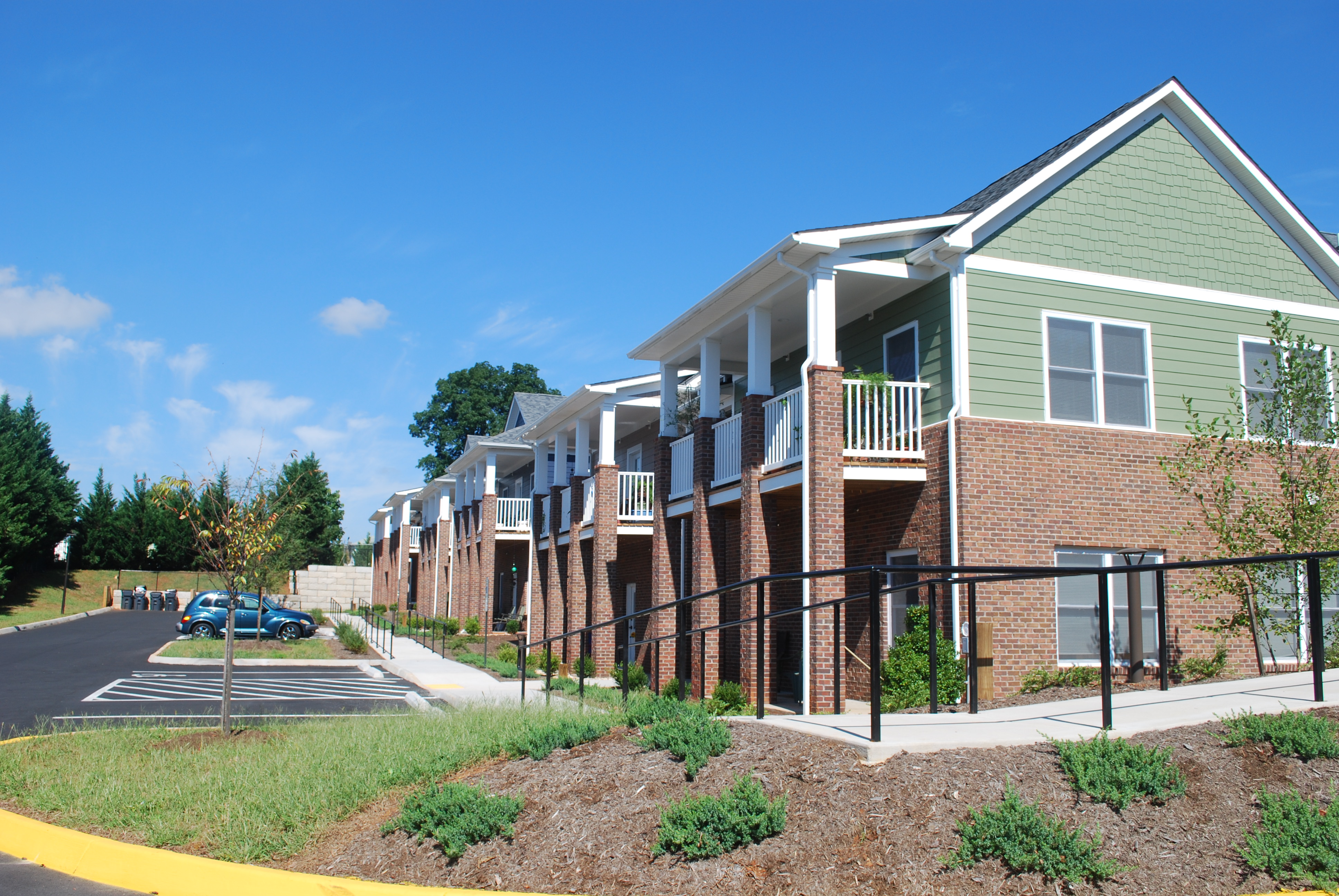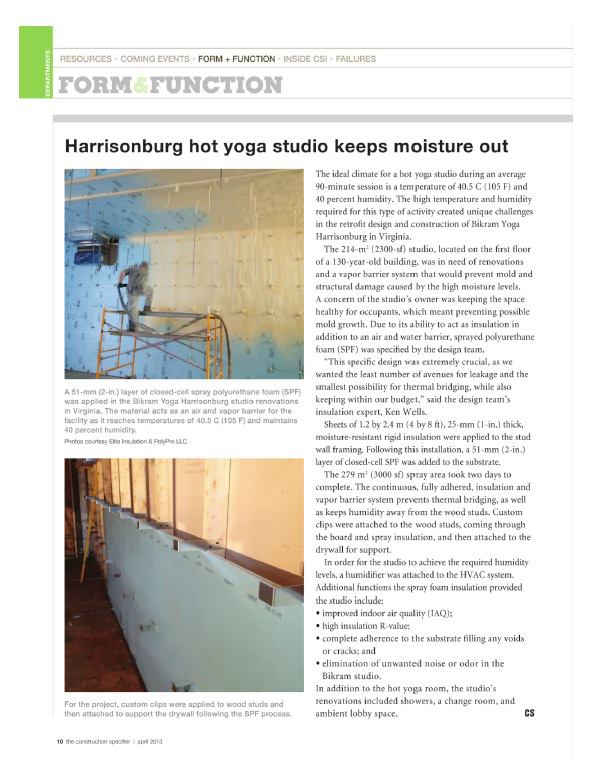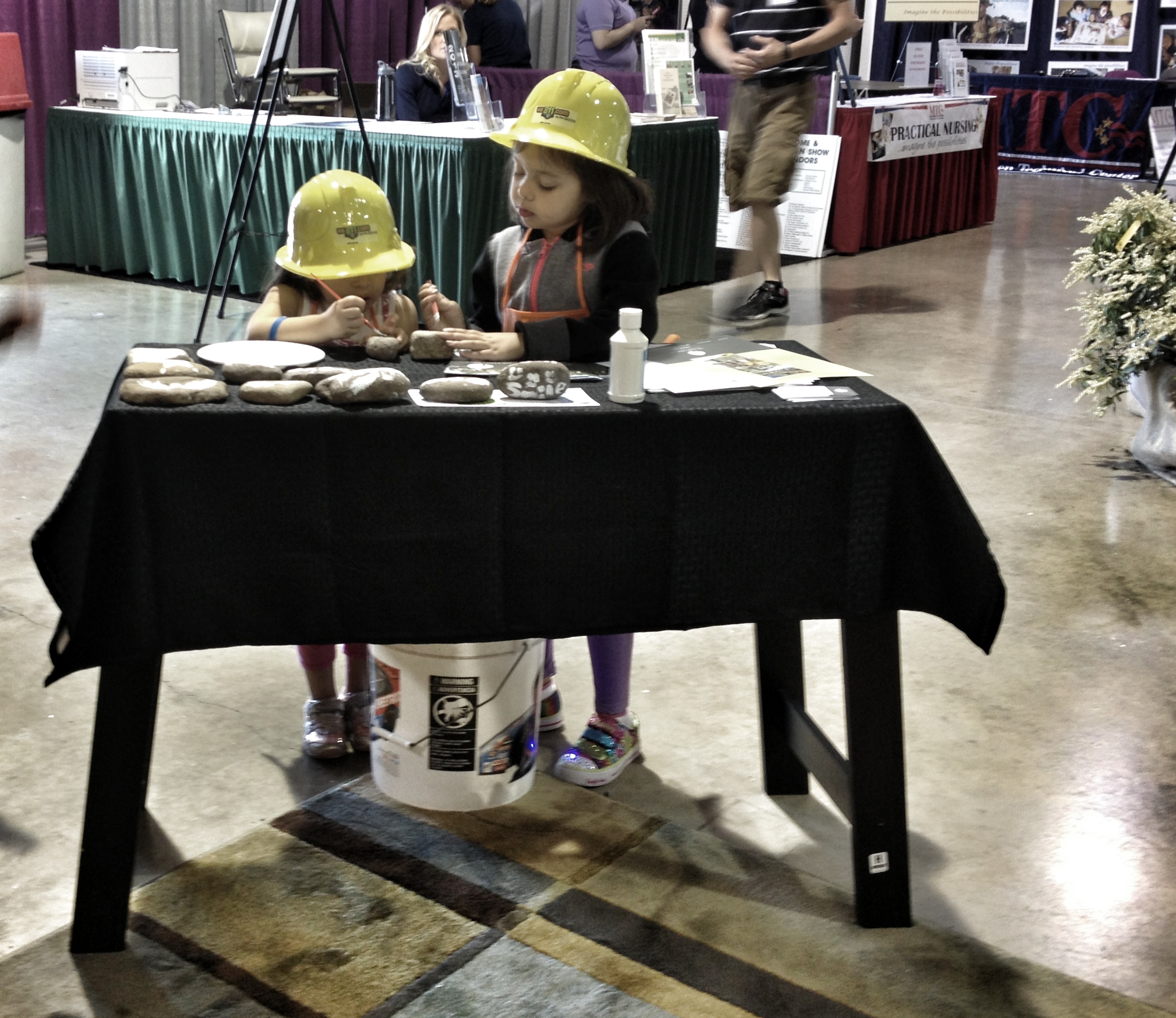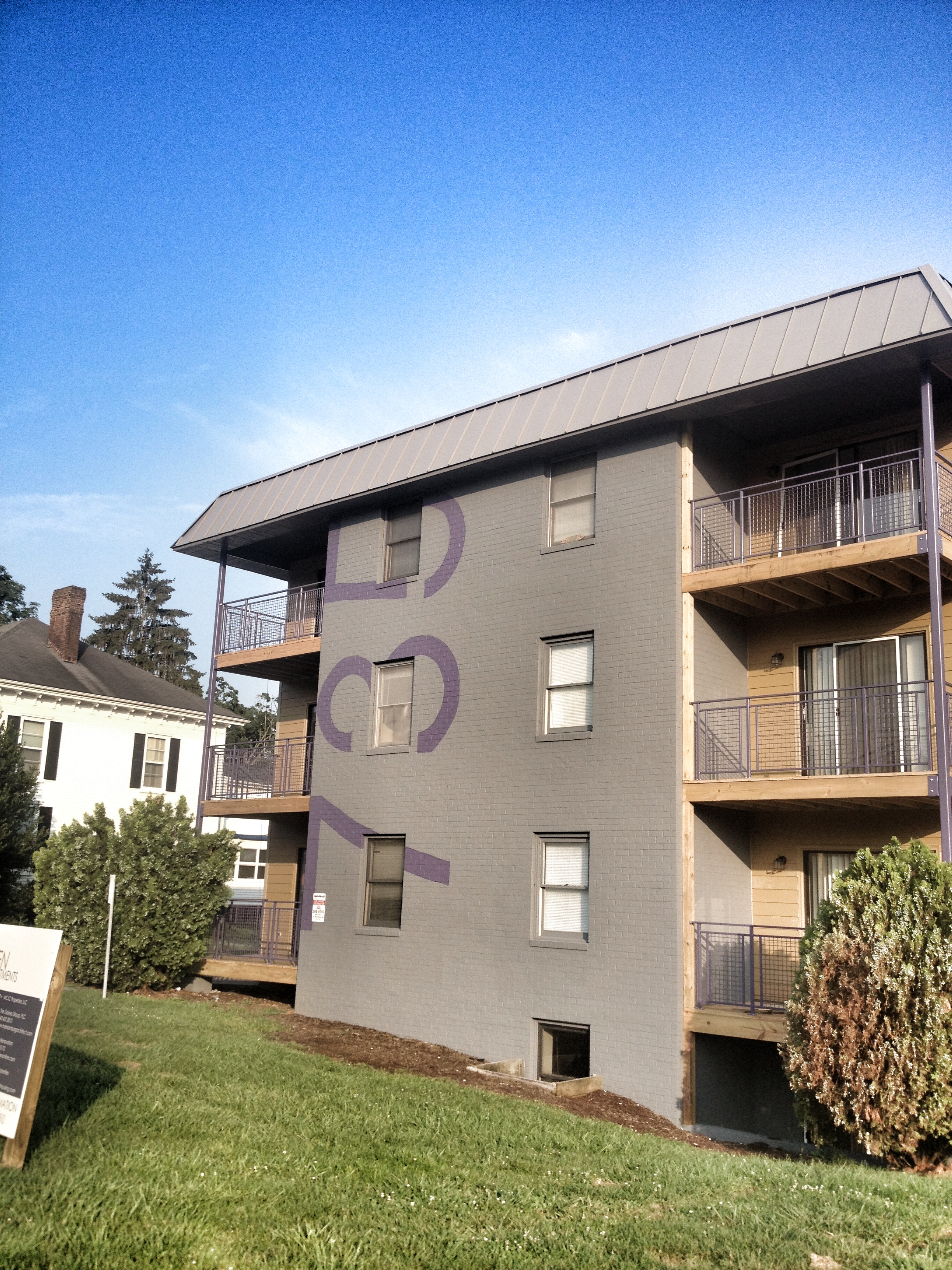Can you spot the building science issue in this vented attic space?
This is a photo I took between an unfinished vented attic space and a finished conditioned space. What building science issues do you see?
Answers to follow in tomorrows blog.
This is a photo I took between an unfinished vented attic space and a finished conditioned space. What building science issues do you see?
Answers to follow in tomorrows blog.
There is a lot of emotion wrapped up in the process of design. A client trusts you with their hopes and dreams. You translate those words, pictures, and thoughts into lines on a paper creating intersections and relationships. Proportions, scale, function, and aesthetics are combined to create instructions for construction. And so it begins, trees are cut and dirt is moved. This is the start of another beautiful story:![IMG_1911[1]](https://www.thegainesgroup.com/wp-content/uploads/2014/01/img_19111.jpg?w=500)
As the sound of midnight rings in the New Year
A brand new opportunity for quality architecture will appear.
Let’s raise our hopes that good design will be
included in the budget for your building dreams.
May your columns be proportional, kitchen efficient,
your closets large, architect proficient.
May your energy bills be low, building aesthetics pleasing,
your insulation effective, HVAC system appeasing.
May your heart be filled with thoughts of love
towards the building science based design delivered from us.
May you have high performance and healthy indoor air quality
in your built environment all through the coming year.
From all of us at The Gaines Group, PLC, Happy New Year!
As we stand here on the verge of a New Year, I cannot help but look back and evaluate what we accomplished in our 26th year in business. To sum it up, 2013 was a good year, but there is still work to get done. We continue to be one of the fortunate firms in the area that has seen steady growth, for that I am very thankful. We had the chance to design a wide variety of projects from warehouse to custom home, basement renovation to apartment community. I continue to pray that our future is brighter than our past – we have momentum for sure – lets hope our good fortune continues. Some of our successful ventures in 2013:






As I said, it has been a good year. Thanks for all those that have trusted us to deliver design for your project. I look forward to the coming year and the opportunities that have yet to reveal themselves. We have a bright future.
My professional life is filled with emotional extremes. While there is tremendous satisfaction from winning a new project, delivering on expectations, and seeing your design built, there is a dark side to our profession. I live in a world of rejection, constantly being judged by others for our designs. My ability is compared to a magazine that can be purchased at a cash register in most home improvement stores. Don’t get me wrong, it was a good year. We had the opportunity to design some incredible jobs for awesome clients. Those are the good stories that I love to share. However, for every project I have the opportunity to design, there are two more that I was not deemed the best design professional.
Perhaps this is what architecture schools are preparing us for through the jury process. For anyone that has experienced presenting your finished design after not sleeping for hours on end only to get ripped apart, you understand. For others that have not had the pleasure, let’s just say, going to get those cavities filled is like a walk in the park compared to such an event. While most potential client interviews only last for an hour or two and there is a lot less emotional investment – losing is never fun. The other outcome is to design a building, being emotionally invested along with your client, get the project built, and then open yourself up to public scrutiny. You have to have thick skin to design anything, but a built structure that will last for, hopefully, 100+ years; you need to be extraordinarily tough emotionally.
While this is an emotionally taxing profession, with support from your family and friends, you are able to keep it all in perspective. There is no way to make everyone happy with everything you do. We design everything from traditional to modern, house to bank, office building to warehouse. There is no possible way every design will be considered a success by everybody.
As we enter into the New Year, this is the time I need to thank those that give me support. This is the time I apologize for being grumpy and ill-tempered at times to those closest to me. I have my dream job. There is nothing I would rather do than build a better future through design. I will continue to need your support and understanding on days when things don’t go my way this coming year. My wish for you is that you have the best New Year possible. May it be prosperous and rewarding!
What are the most challenging aspects of your profession? How do you stay emotionally ready for the next obstacle? How are you getting ready for the coming year?
We have a wide variety of projects under construction right now or just finishing. The key unifying element is each of the clients understood that design added value to their project. We are very thankful to our current clients and hope they love these spaces as the finishing details get installed. If you want to know more about the value design adds to your project, give us a call and read more here, here, here, and here.
Apartments
Office Addition / Renovation
Apartments
Home Addition
Basement Renovation
Retail Space
Warehouse Addition
Custom Home
Custom Home